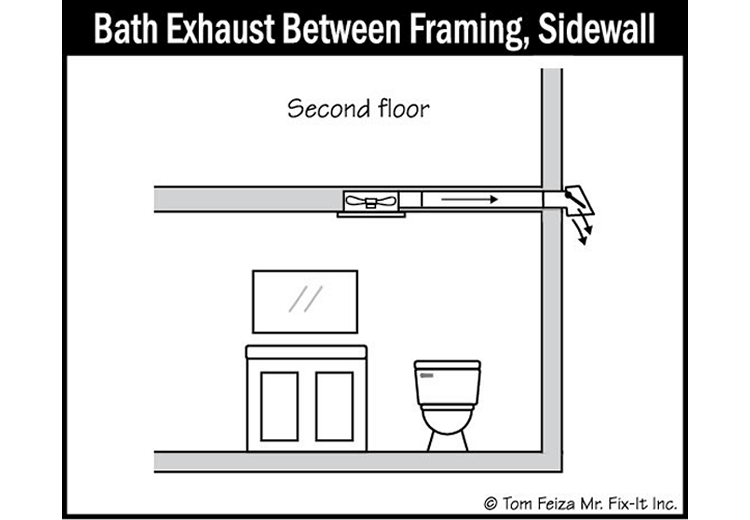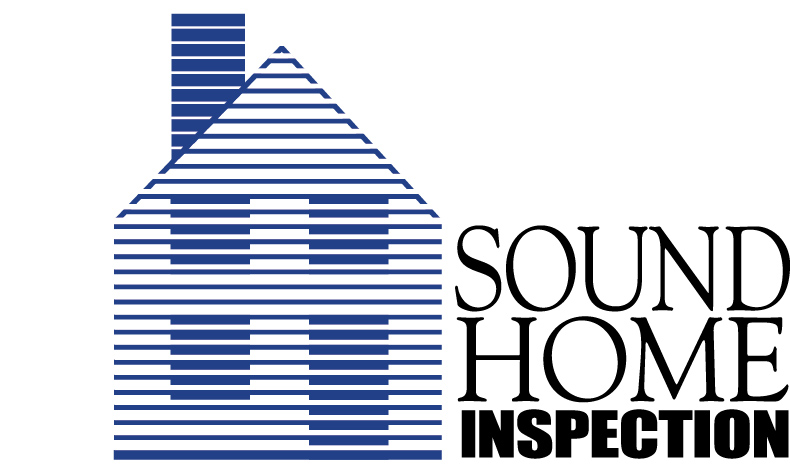Insulation and Ventilation
Insulation and Ventilation Inspections
Insulation in your home includes rolled insulation that fits between the joists in your attic (the pink stuff), spray-in foam for small gaps, and blown-in insulation made of cellulose that is used for existing walls and hard-to-reach spots. Ventilation includes the vents in the attic that help prevent condensation. Exhaust fans in your bathroom or kitchen and whole-house systems like attic fans and the vents for your furnace and water heater are also part of the home’s ventilation system.
Insulation is an important part of keeping your home warm in the winter and cool in the summer. Without adequate insulation, your heated or cooled air can escape outdoors. Proper ventilation is necessary to prevent moisture buildup and to send toxic gasses from your furnace and water heater safely outside your home.
To schedule your home inspection, call
(860) 445-1236 today.
Insulation and Ventilation Items Inspected
Want to learn more?
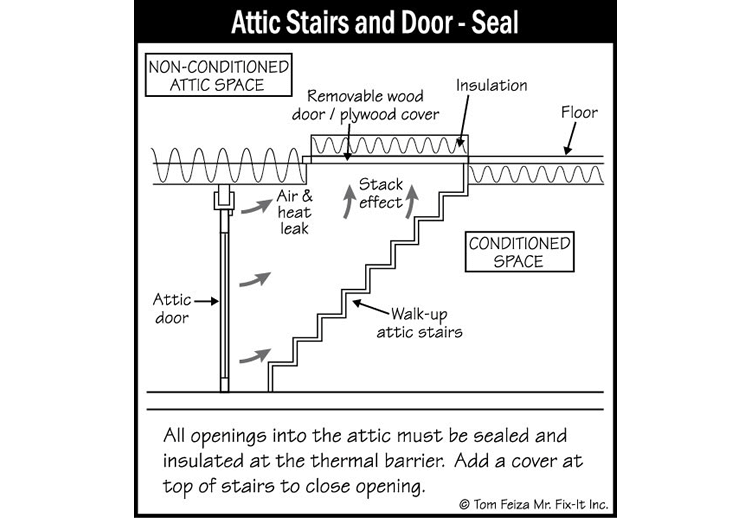
Insulation in Attic
Insulation in your attic includes the rolled, batted insulation that fits between the joists, insulation that wraps plumbing and any loose, cellulose insulation that has been blown into existing walls or hard-to-reach spots. Attic insulation could also be vermiculite, which is a natural material that could contain asbestos. The latest technology is closed-cell insulation.
Insulation in the attic is important for several reasons. It helps to protect from heat loss, to save energy and to help keep your utility bills in check. In addition, insulating your pipes and duct work in unheated spaces like the attic helps to keep pipes from freezing during the cold winter months. An inspector will check to see if there is adequate insulation in the attic and that it is properly placed and installed.
To schedule your home inspection, call
(860) 445-1236 today.
Insulation Under Floor System Inspections
Insulation under floor refers to insulation that is installed in the crawl spaces under your home to help keep the warm air from escaping during the winter months. Such insulation can be blown-in insulation made of recycled cardboard or other cellulose material; fiberglass, rolled insulation with batting; or reflective sheets that help to keep the warmth inside the house.
According to the US Department of Energy, an uninsulated crawl space costs the average US homeowner $50 extra per year on their utility bills. With the cold New England winters, residents of the northeastern states likely pay even more. The home inspector will check to see that the under-floor insulation is installed correctly and that pipes and ducts are properly wrapped.
To schedule your home inspection, call
(860) 445-1236 today.
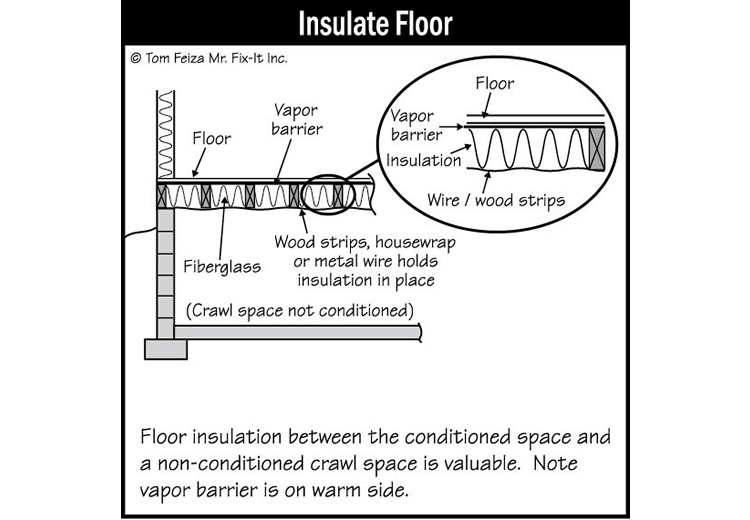
Want to learn more?
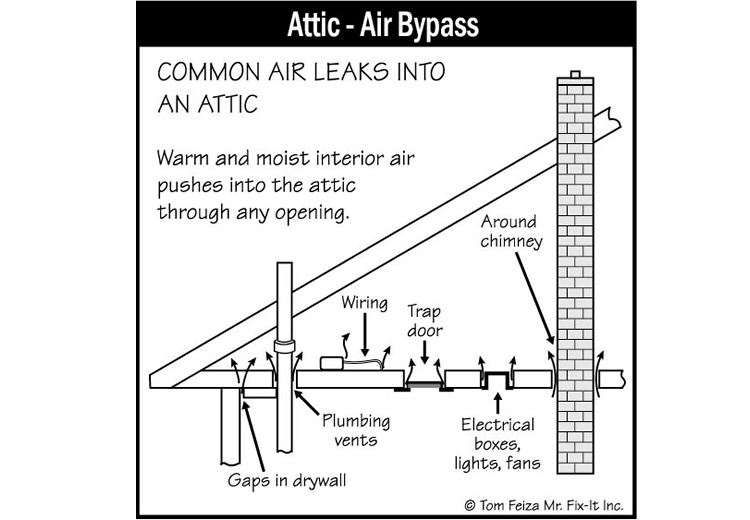
Vapor Retarders
Vapor retarders are materials that inhibit water condensation. In cold climates, water vapor collects in the attic or top level of a house as heat rises. Vapor retarders help to prevent this condensation. Materials used as vapor retarders include the batting on rolled insulation, specially-treated latex paint, polyethylene sheets and certain lumber.
Vapor retarders are important to control water vapor from damaging ceiling and floor joists as well as causing mold and mildew and encouraging termite infestations. The home inspector will check to see that all of the areas that need vapor retarders have them, and that these materials are installed properly. He will also check the ceiling and floor joists for any sign of moisture damage.
To schedule your home inspection, call
(860) 445-1236 today.
Ventilation Fans and Thermostatic Controls Inspections
Attic ventilation fans are installed to help keep the attic from getting overheated during the summer and to circulate air in the spring and fall. They also help to prevent moisture from accumulating during the winter months. These fans can be controlled by automatic thermostats that turn the fan on when the attic reaches a certain temperature.
Attic fans and their thermostats help to keep your summer air conditioning bill in check by preventing your home’s attic from reaching extremely high temperatures. Without proper ventilation, attics can reach temperatures of up to 150 degrees, even when the outdoor temperature is just 80 to 90 degrees. In addition, winter condensation, without an attic fan, can lead to mold and mildew and even compromise your ceiling joists.
To schedule your home inspection, call
(860) 445-1236 today.
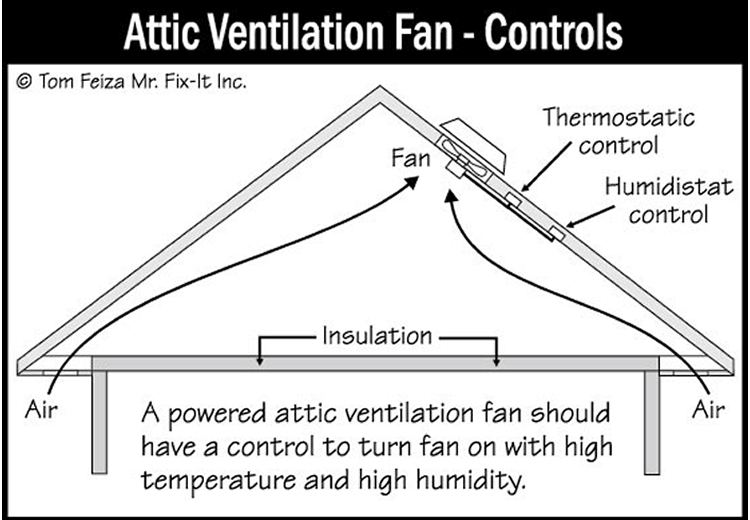
Want to learn more?
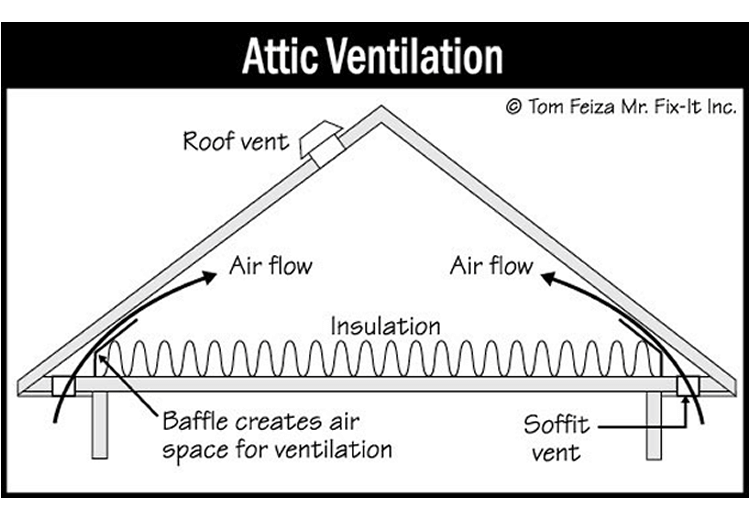
Ventilation of Attic and Foundation Areas Inspections
Ventilation areas include the gable side vents in the front and back of your attic space as well as vents in the crawl spaces between your foundation and your ground floor living spaces.
Both attic and foundation ventilation areas are important parts of keeping moisture at bay in your home. Without adequate ventilation in both areas, condensation can build up in the attic from heat rising to the attic during the winter and at ground level from moisture in the earth. Both areas can be a source of mold and mildew if not properly vented. Your home inspector will check to make sure that your attic has vents and that the vents are large enough. He will also make sure that the crawl spaces have proper ventilation.
To schedule your home inspection, call
(860) 445-1236 today.
Venting Systems Inspections
Venting systems include the exhaust fans in bathrooms and laundry rooms as well as the larger vents and fans above stoves and gas ranges. Venting systems can be small or large, depending on the room size. All function to suck the stale air and kitchen smoke out of the house.
Venting systems are important to keep tainted air and smoke out of the living spaces. In a kitchen, the hood vent above the range helps to draw cooking smoke away from the kitchen. In the bath and laundry, the vent keeps moist air from the shower or washing machine from collecting in the house and causing mold or mildew problems.
To schedule your home inspection, call
(860) 445-1236 today.
